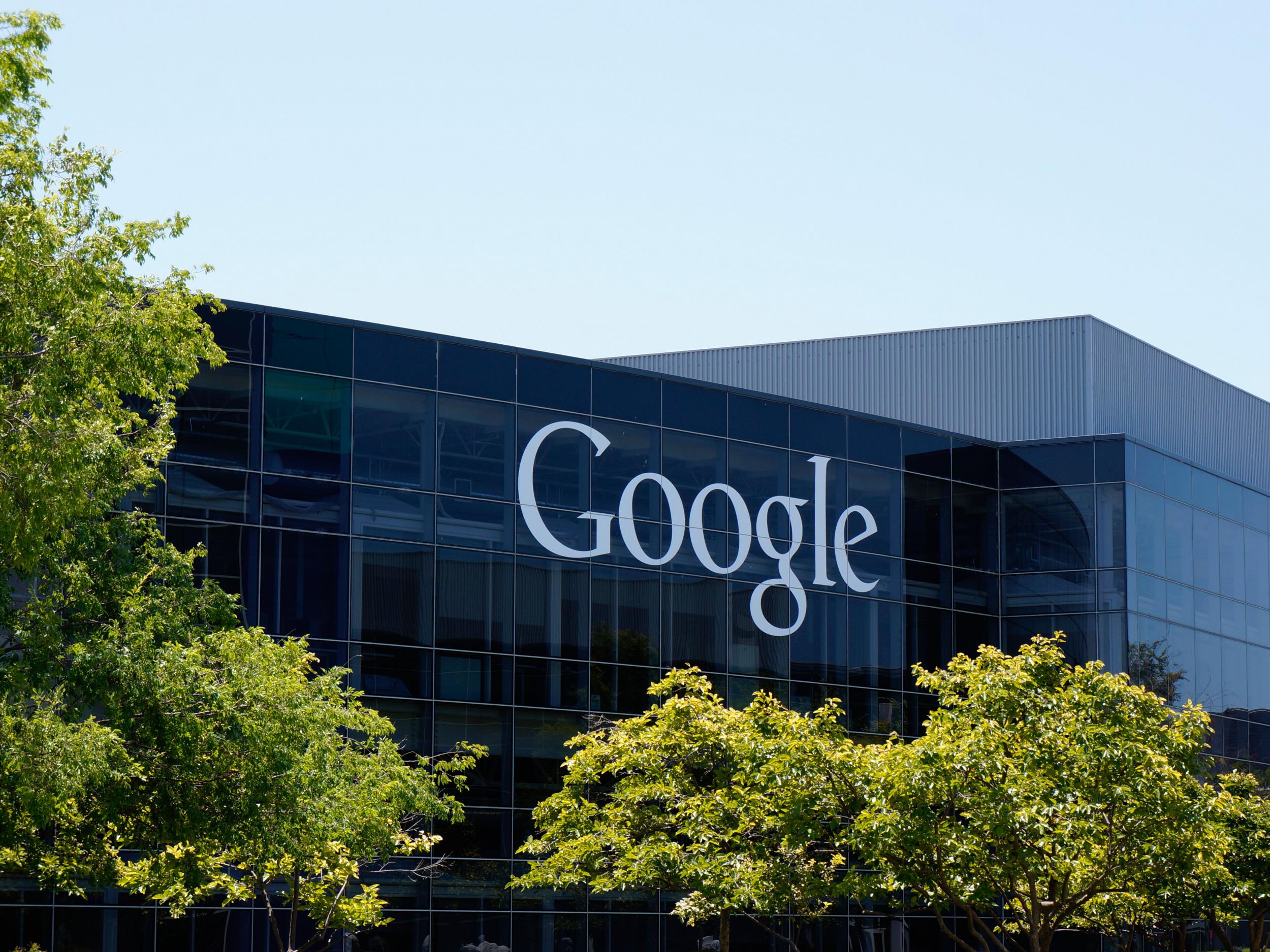Google Translate: How does the multilingual interpreter actually work?
Silicon Valley giant's popular service now boasts more than 500m daily users worldwide and offers 103 languages

Google Translate has become the internet’s go-to resource for short, quick translations from foreign languages.
The service was first launched in April 2006, seeing off early competition from the likes of Babel Fish. It now boasts more than 500m users daily worldwide, offering 103 languages.
But how exactly does it work?
Originally centred around statistical machine translation, Google Translate worked by translating the required text first into English as an intermediary step language and then into the target language, cross-referencing the phrase in question with millions of documents taken from official United Nations and European Parliament transcripts.
Contrary to popular misconception, Google chose not to hire experts to compile exhaustive grammars for each mother tongue due to the ever-evolving nature of language. Any attempt to do so would quickly be left obsolete.
The original translations were inevitably imperfect, but served to reveal the broad intent of the original passage, even if Google Translate could not deliver the faultless, fluid translation expected from a human expert.
But in November 2016, Google announced the transition to a neural machine translation premise - a “deep learning” practice that saw the service comparing whole sentences at a time from a broader range of linguistic sources.
This ensured greater accuracy by giving the full context rather than just sentence clauses in isolation.
By comparing Japanese-to-English translations with Korean-to-English, the service is able to deduce and map out the relationship between Japanese and Korean and make translations back and forth between those two languages accordingly, a great leap forward in computers' understanding of semantics, a process still confounded by metaphorical expressions and quirky idioms.
Processing these calculations over and over again allows Google to spot recurring patterns between words in different languages, meaning its chance of achieving accuracy is constantly improving.
The result the use finally receives is lastly refined to bring the passage closer to actual speech.
Google Translate can be integrated into browsers like Chrome (where it has existed as a standard function since February 2010), can pronounce highlighted text in many cases, and can spot words within pictures using optical character recognition and automatically identify unfamiliar languages.
The company has offered an Android app since January 2010 and an iOS version since February 2011 and remains the first port of call for many looking for help with foreign language copy online.
[This article was originally published in June 2018]



Join our commenting forum
Join thought-provoking conversations, follow other Independent readers and see their replies
Comments